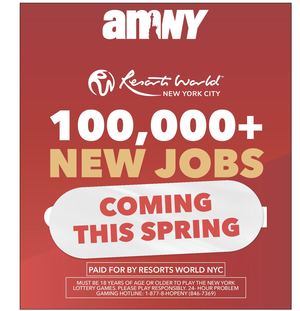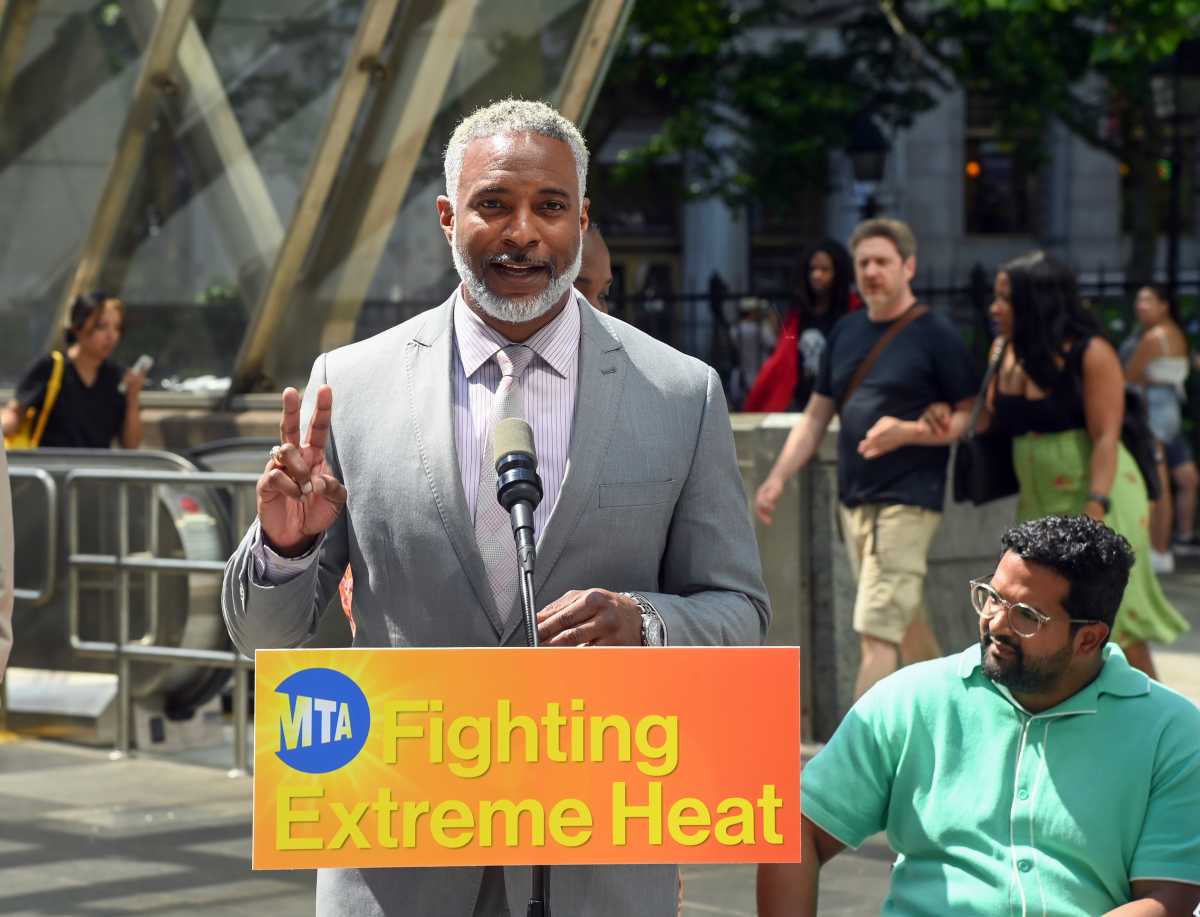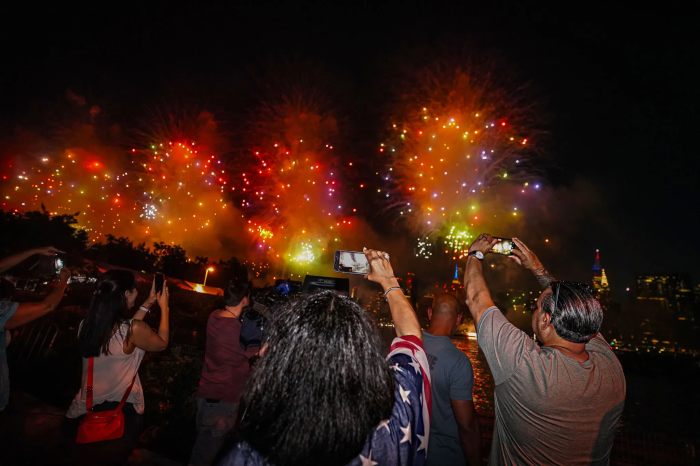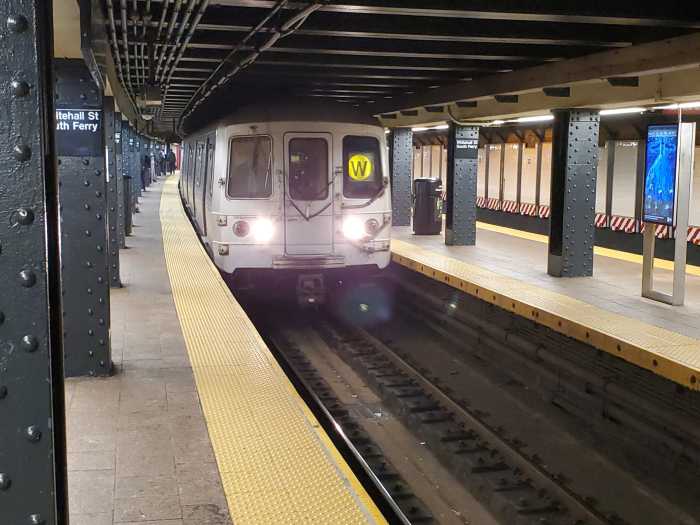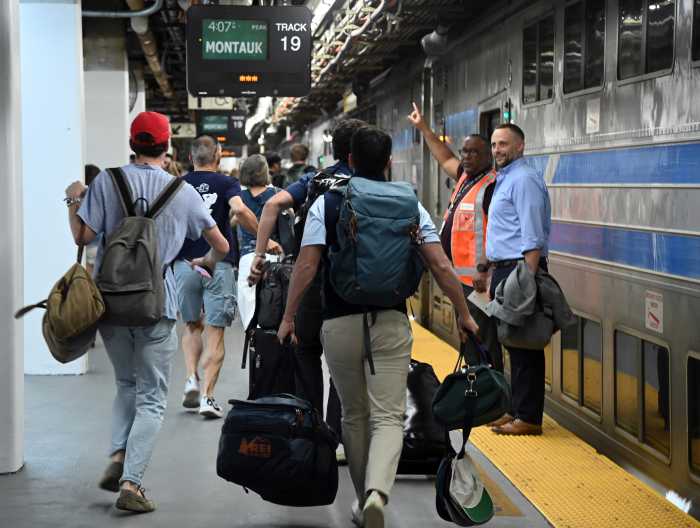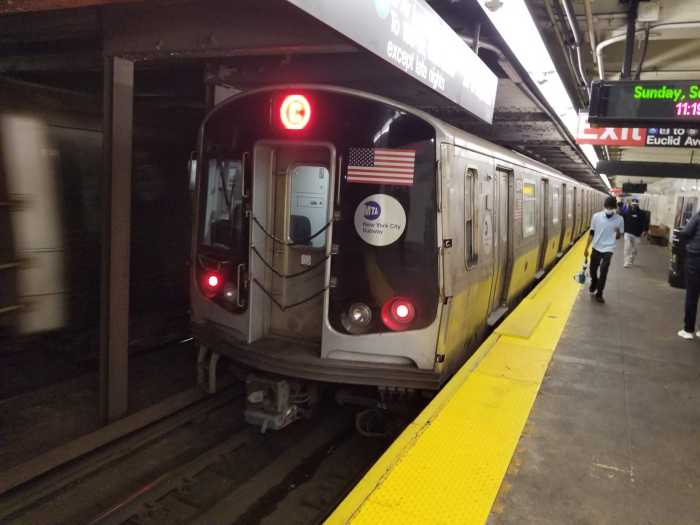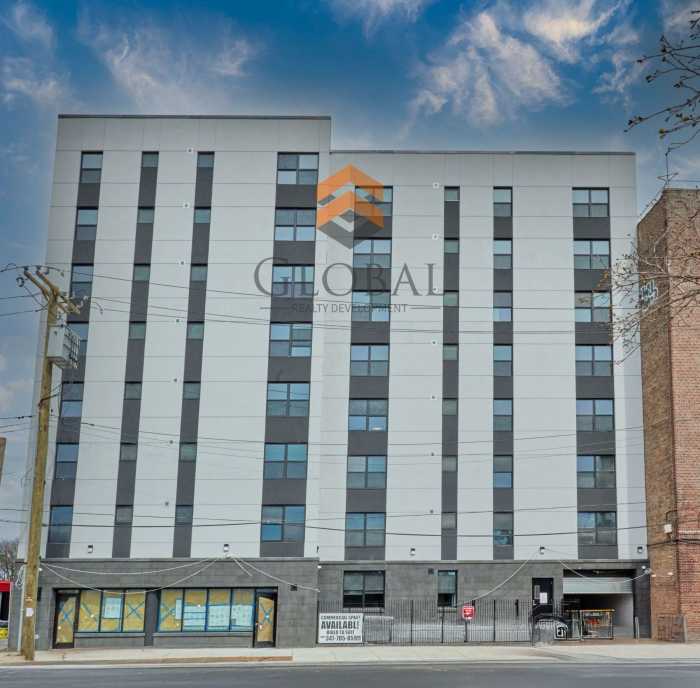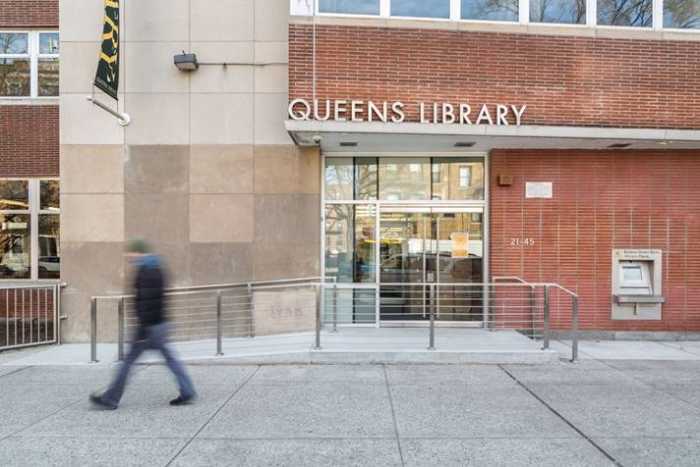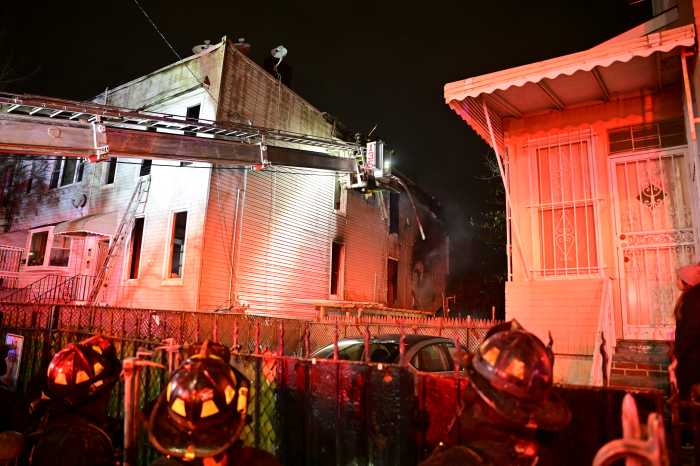When I assumed the role of interim President of New York City Transit just over 100 days ago, I promised five million daily customers and 47,000 employees that I would be focused on two things: safety and service. For both to meaningfully improve, the system needs near-constant investment – and the 2025-2029 Capital Plan, released last week, delivers in a huge way for New Yorkers.
Starting with new rolling stock. I’m an operations guy at heart; I’ve spent just under 30 years working and managing parts of the subway system and Long Island Rail Road. Old train cars — like the 40-year-old models we currently have on the 1, 3, 6, S, B, D, N, and W lines — slow service, breaking down six times as frequently as newer models. Buying 1,500 new subway cars means a generational upgrade to our fleet.
The new Capital Plan will also speed service by replacing nearly century-old conventional signals with a modern Communications-Based Train Control system. This technology transformed service on the L and 7 lines, enabling 2-3 minute headways and on-time performance rates of over 90%.
But not every improvement will be so visible to customers. Keeping the electric power that trains run on flowing is critical to service. To do this, a network of dozens of substations throughout the city, many of which are over 80 years old, must be maintained. This plan modernizes virtually all of these essential facilities.
Likewise for our aging train yards and bus depots. They are hives of daily activity, where thousands of Transit employees work to maintain more than 6,000 subway cars and 6,500 buses. Historically, these facilities have been overlooked in improvement plans – not this time. Not on our watch.
By upgrading places like Livonia Yard in Brooklyn or 240 St Yard in the Bronx, we’ll be able to give our team a safe, best-in-class workplace and make necessary preparations for the bus and subway fleets of the future. The current shops just don’t have the capacity to service newer models of trains; workers can barely get underneath cars to perform maintenance. That’s going to change.
The plan’s $1.4 billion investment in 500 brand-new zero-emission buses also requires new charging and maintenance infrastructure at bus depots. A customer will never see inside these facilities, but modernizing them will make trips better for riders for decades to come, and that’s what it’s all about.
Leading this amazing organization for the last 100+ days has driven home for me just how important transit is to New York. I’m inspired every day, meeting colleagues who prove that this city can still do great things — just like our transit forebears, who predicted that area, once given over to rocks and goats, would become thriving neighborhoods. That work continues, as does our commitment to improving upon the service of today and tomorrow. I’m excited to see what we can accomplish in the next 100 days and beyond.
Demetrius Crichlow is interim MTA New York City Transit president.
Read More: https://www.amny.com/nyc-transit/
